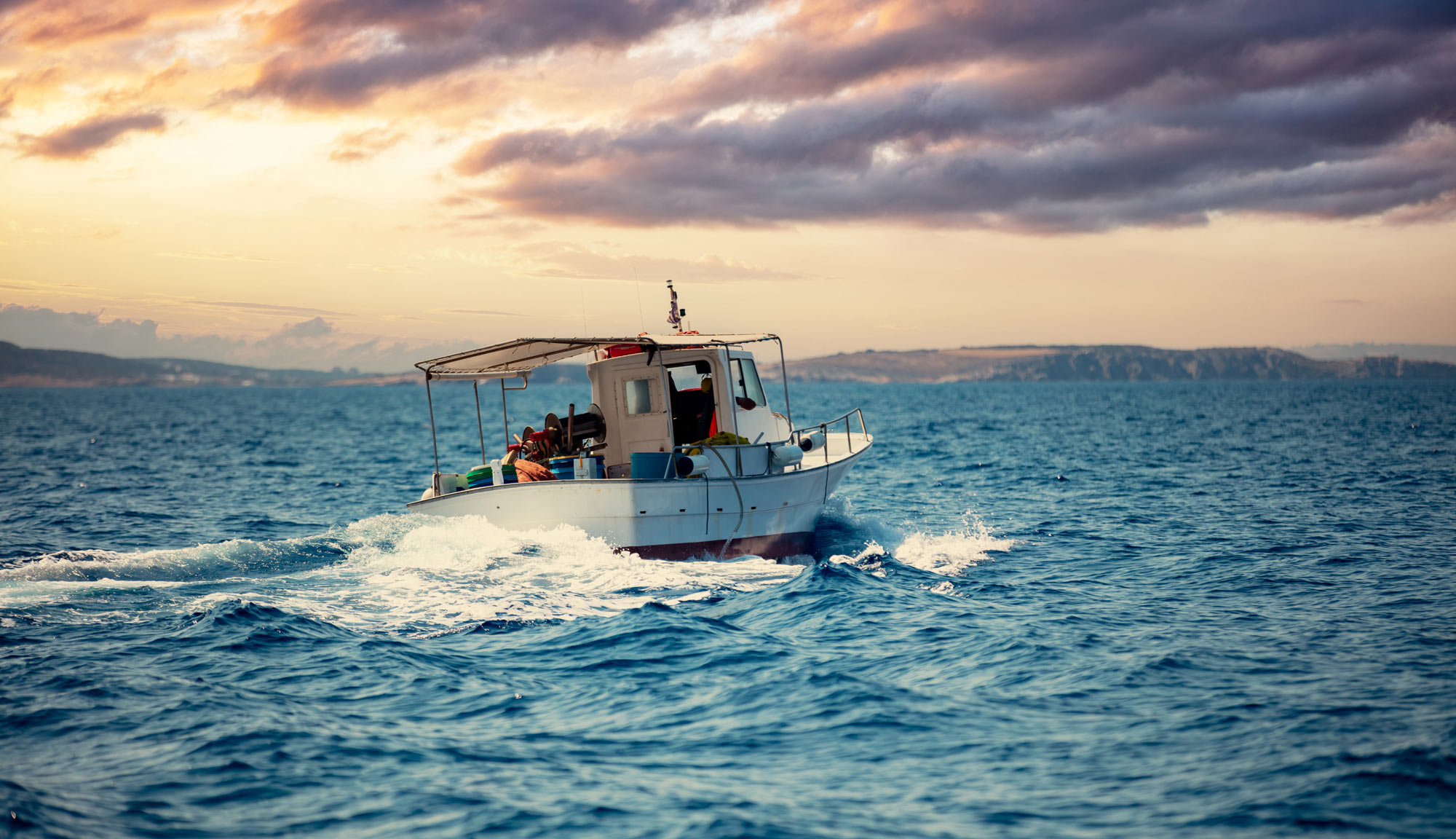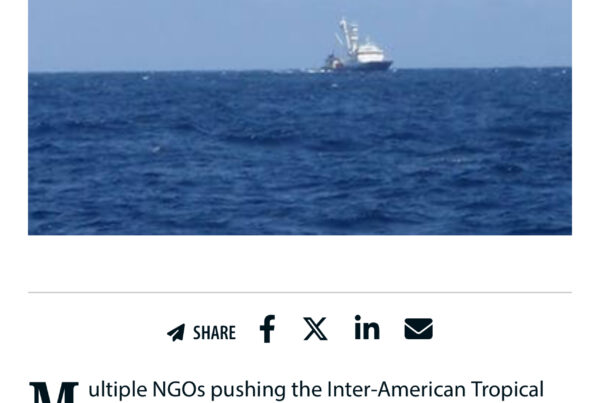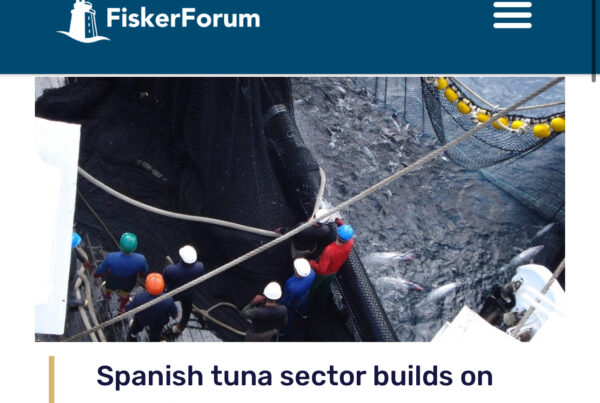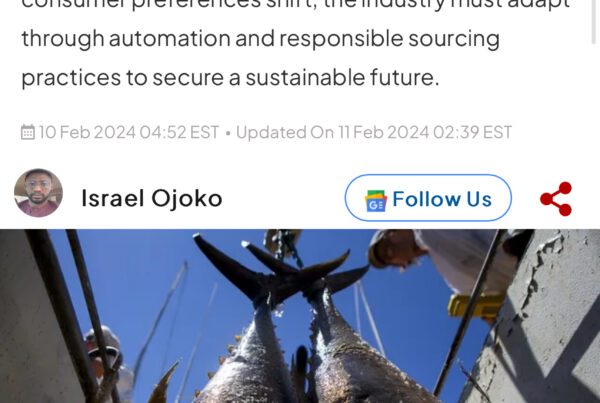Inaccurate or unavailable data threatens the sustainable use of tuna stocks
A lack of visibility in the tuna supply chain is threatening global seafood supply, harming coastal communities, and undermining marine conservation efforts. The vast majority of illegal, unreported and unregulated (IUU) fishing takes place on legally licensed vessels, through prohibited activities such as misreporting of retained catch, shark finning and catching endangered species.
Without transparency at sea, retailers and seafood suppliers face the serious risk of stocking illegally and unsustainably sourced tuna products, compromising the longevity of supply chains, brand reputation and consumer trust.
Simply put—without accurate data on fishing activity, we cannot responsibly and effectively manage tuna fisheries and put a stop to illegal fishing.
On-The-Water Monitoring
From fishery to fishery, one challenge continues to surface: Insufficient science and compliance data are holding back industry efforts to increase transparency.
Monitoring—whether carried out by human or electric observers— gives us the opportunity to have sight of what’s happening on fishing vessels, allowing fishery managers and companies to make great strides in eliminating IUU fishing at the source.
Reliable and accurate information from on-the-water monitoring benefits every step in the supply chain, ensuring tuna supplies for future generations, verifying compliance with fishing regulations, and delivering the standards consumers expect from the industry.



